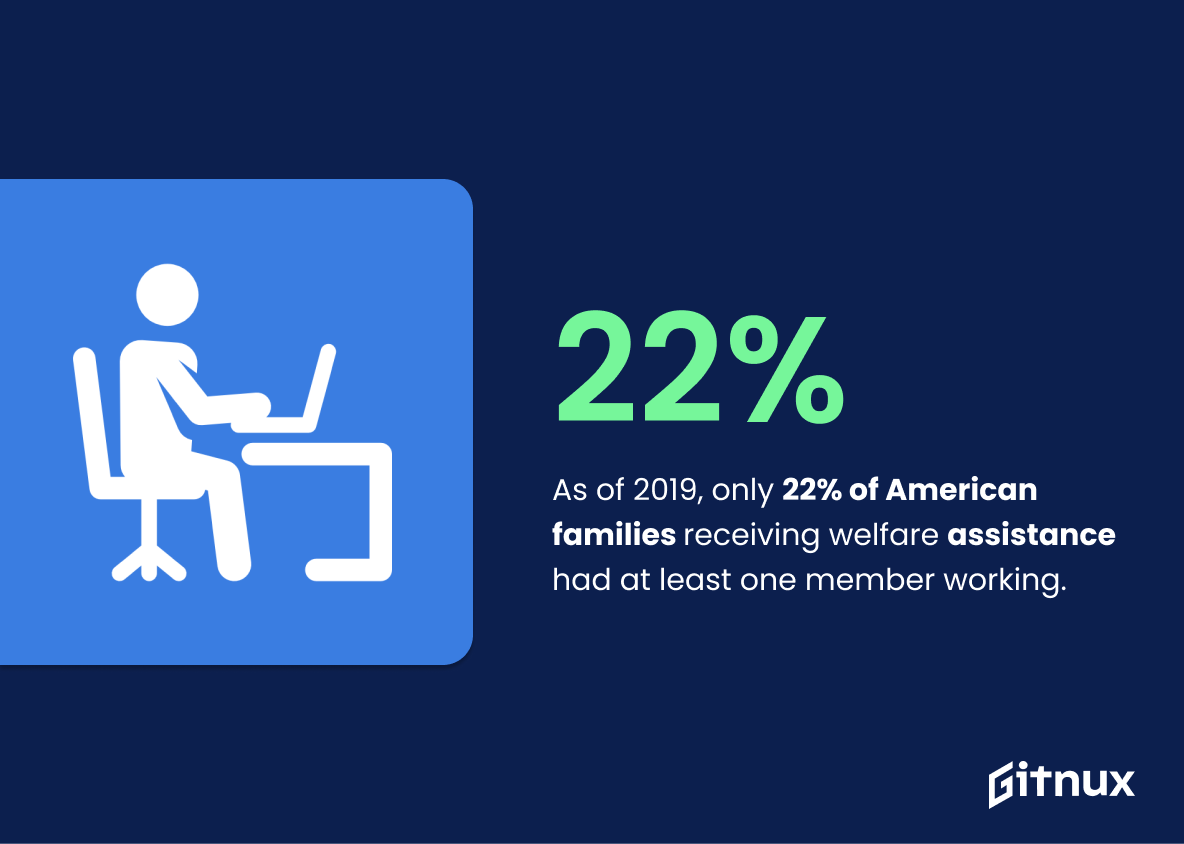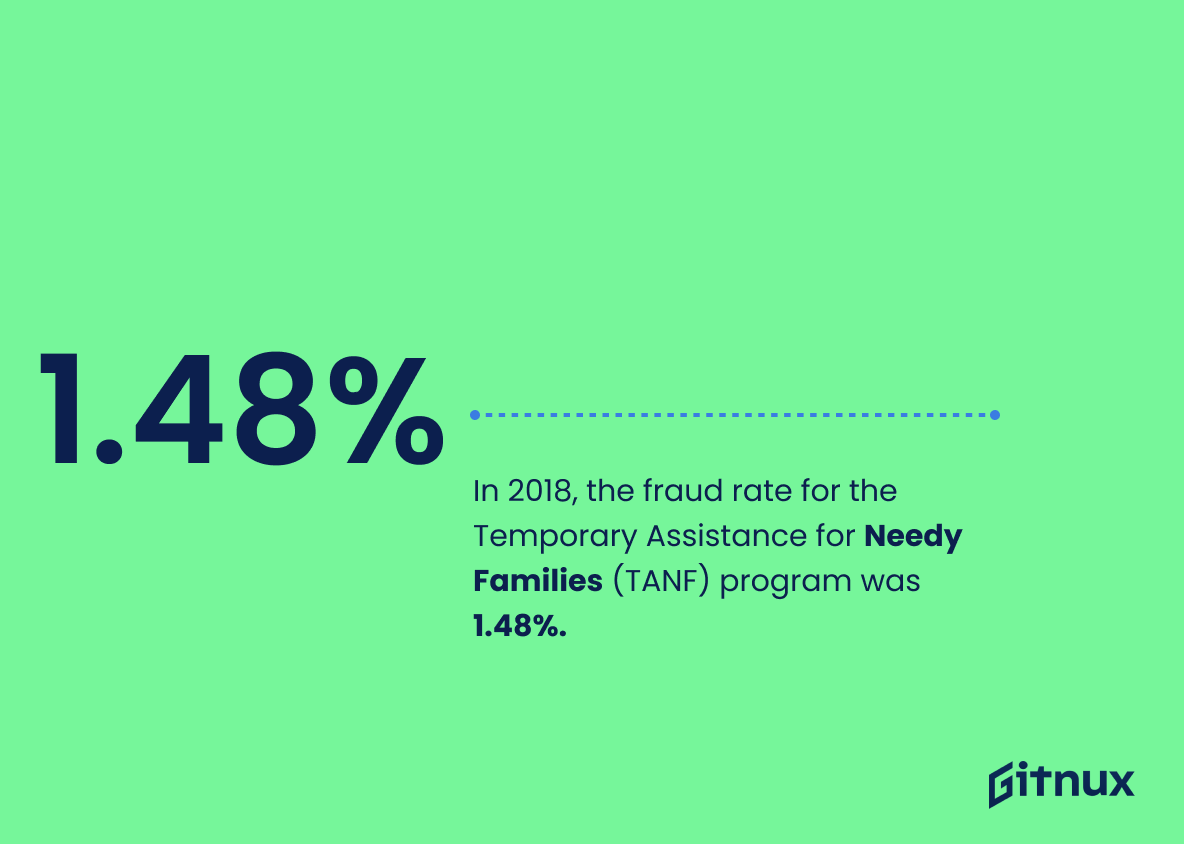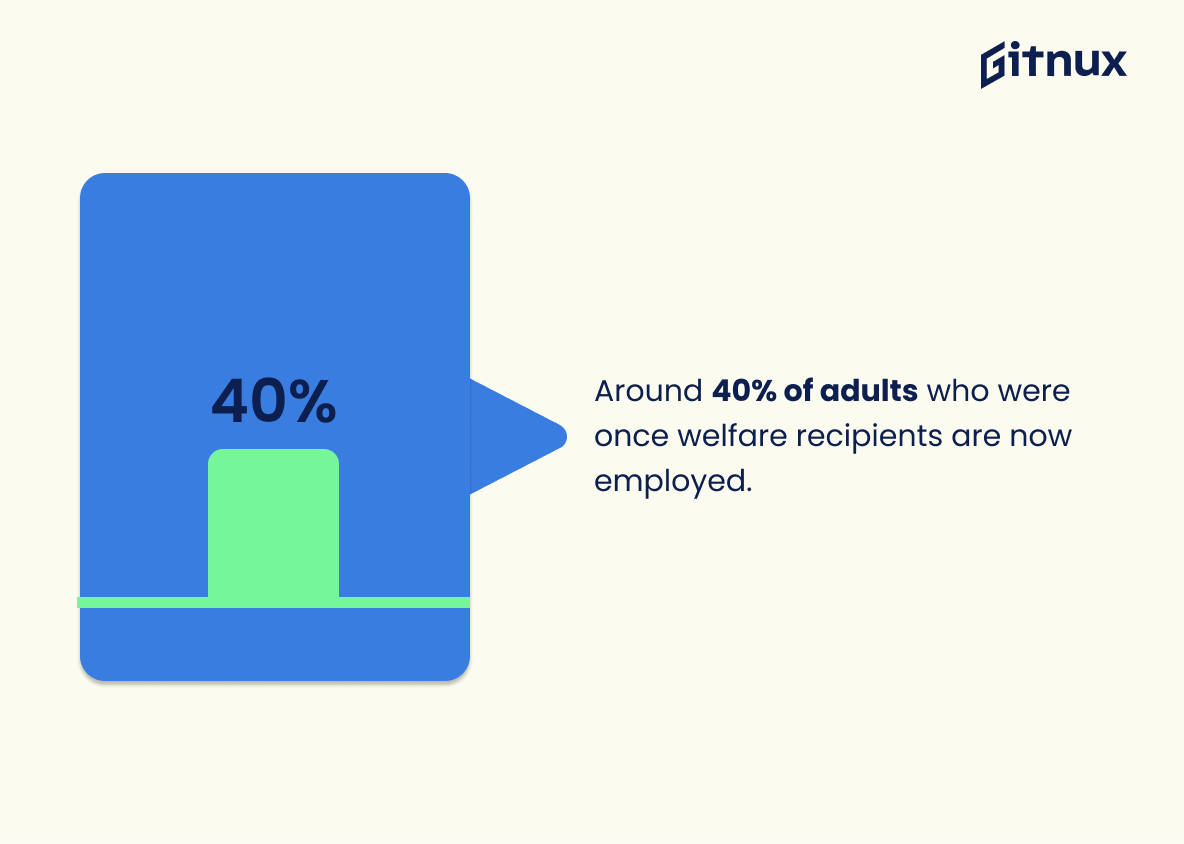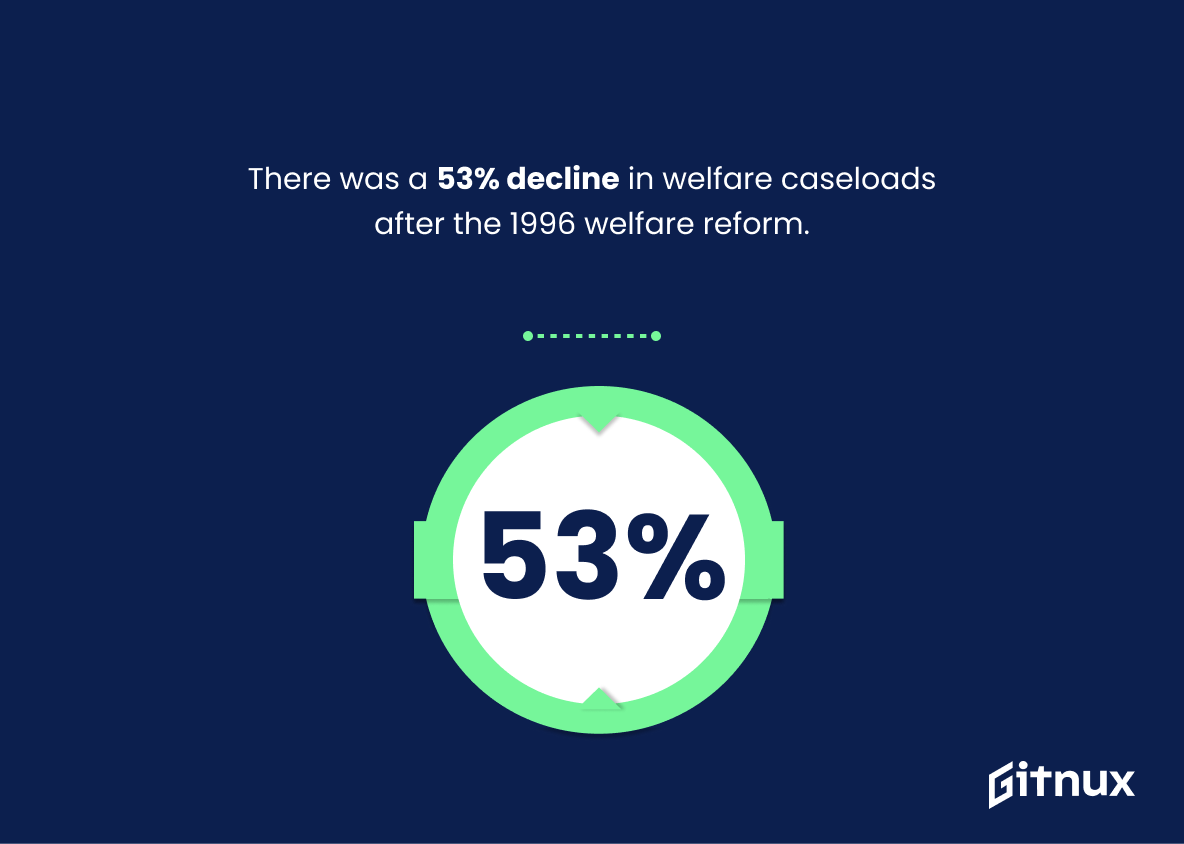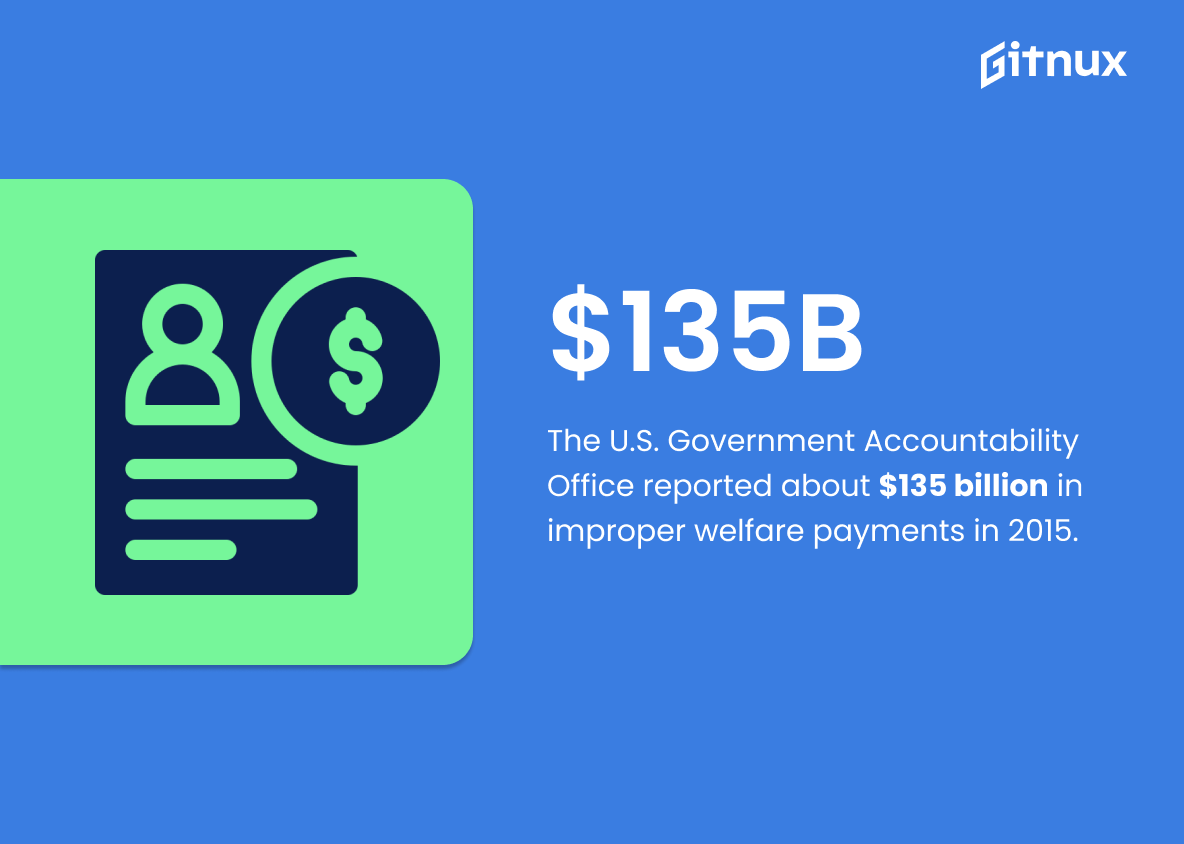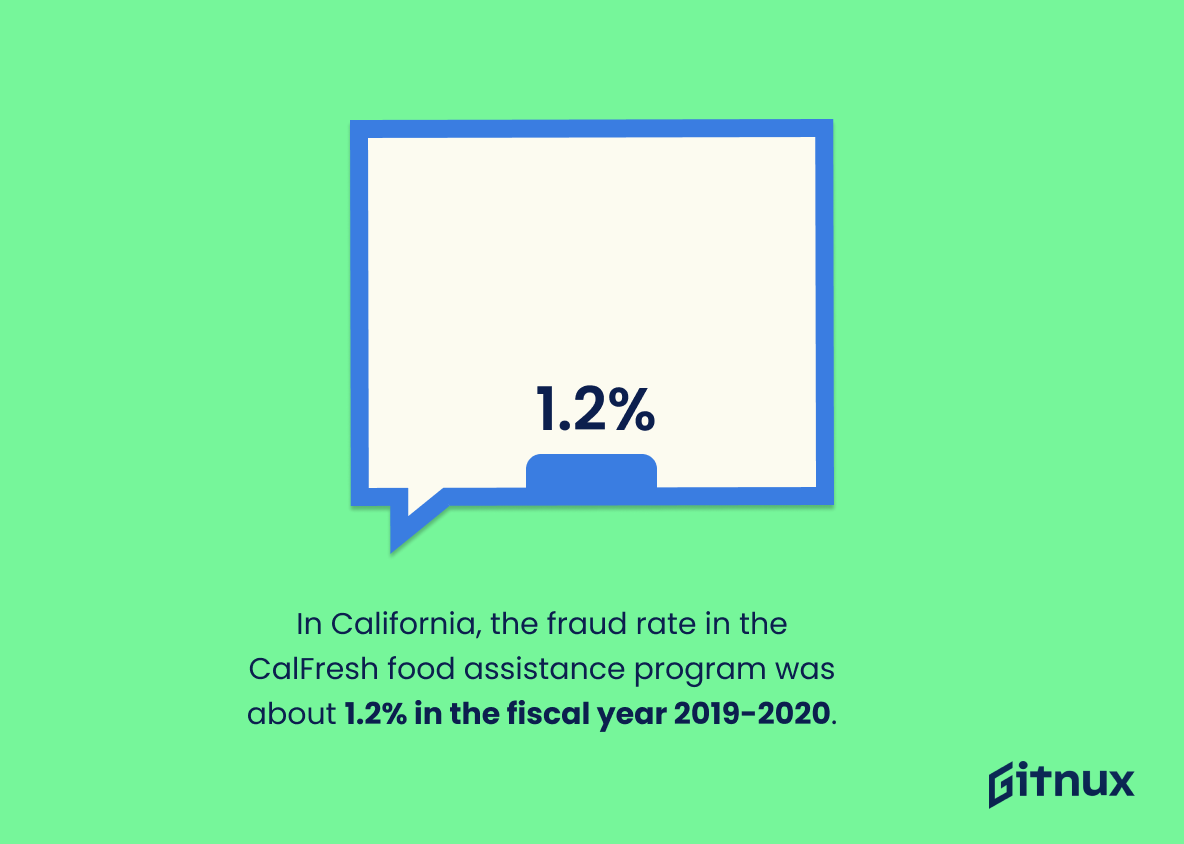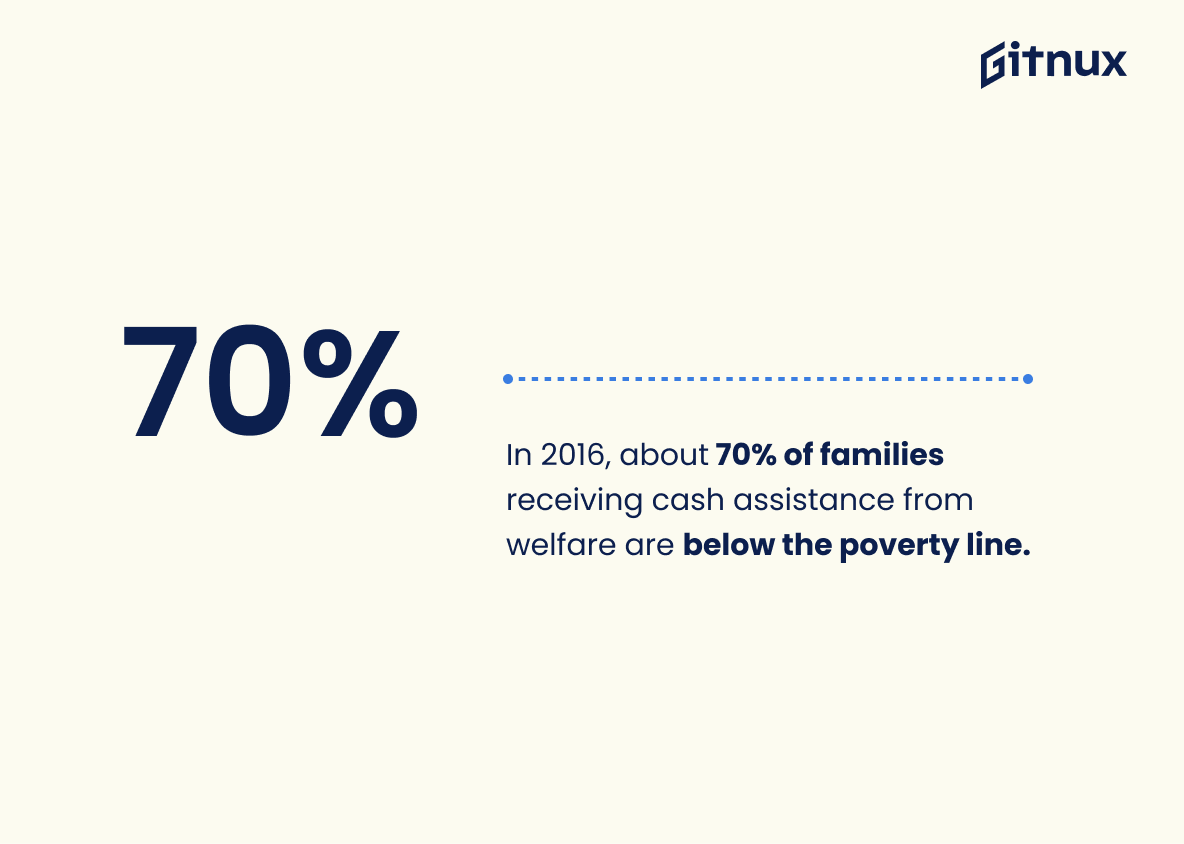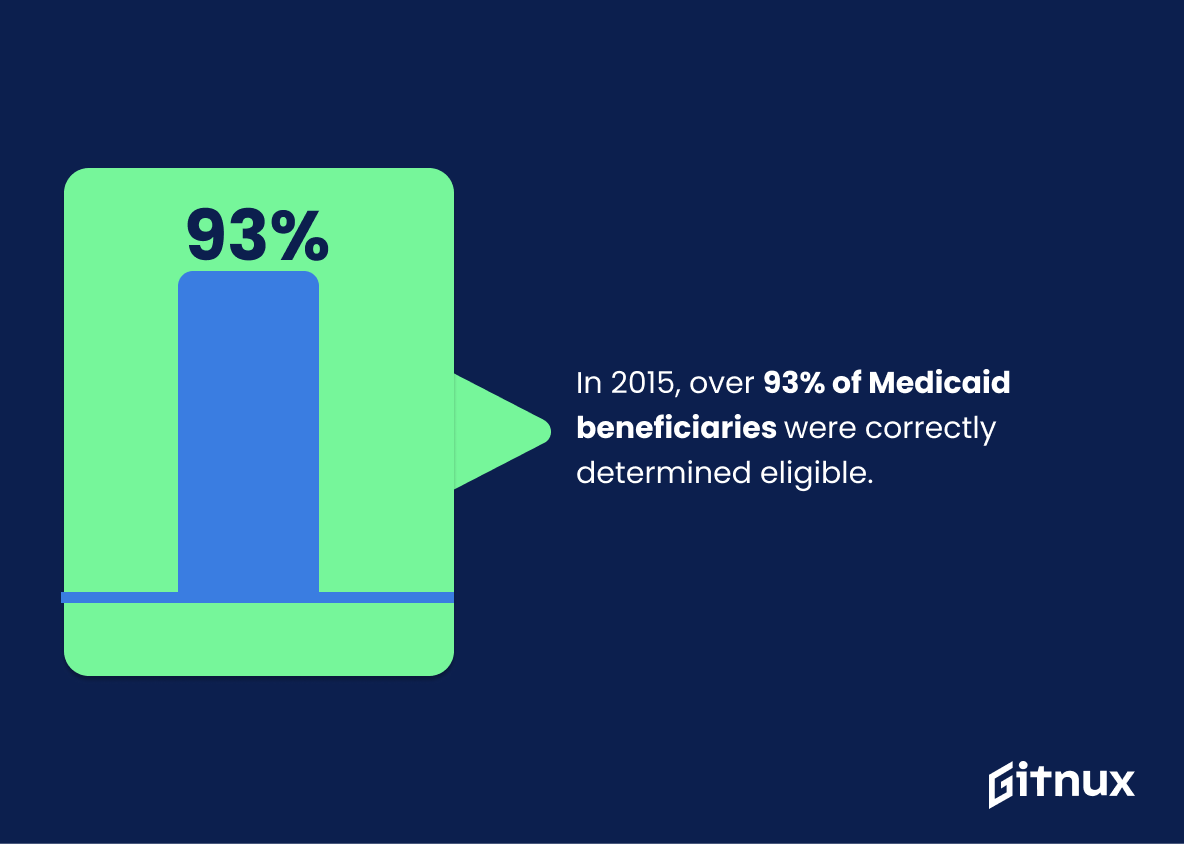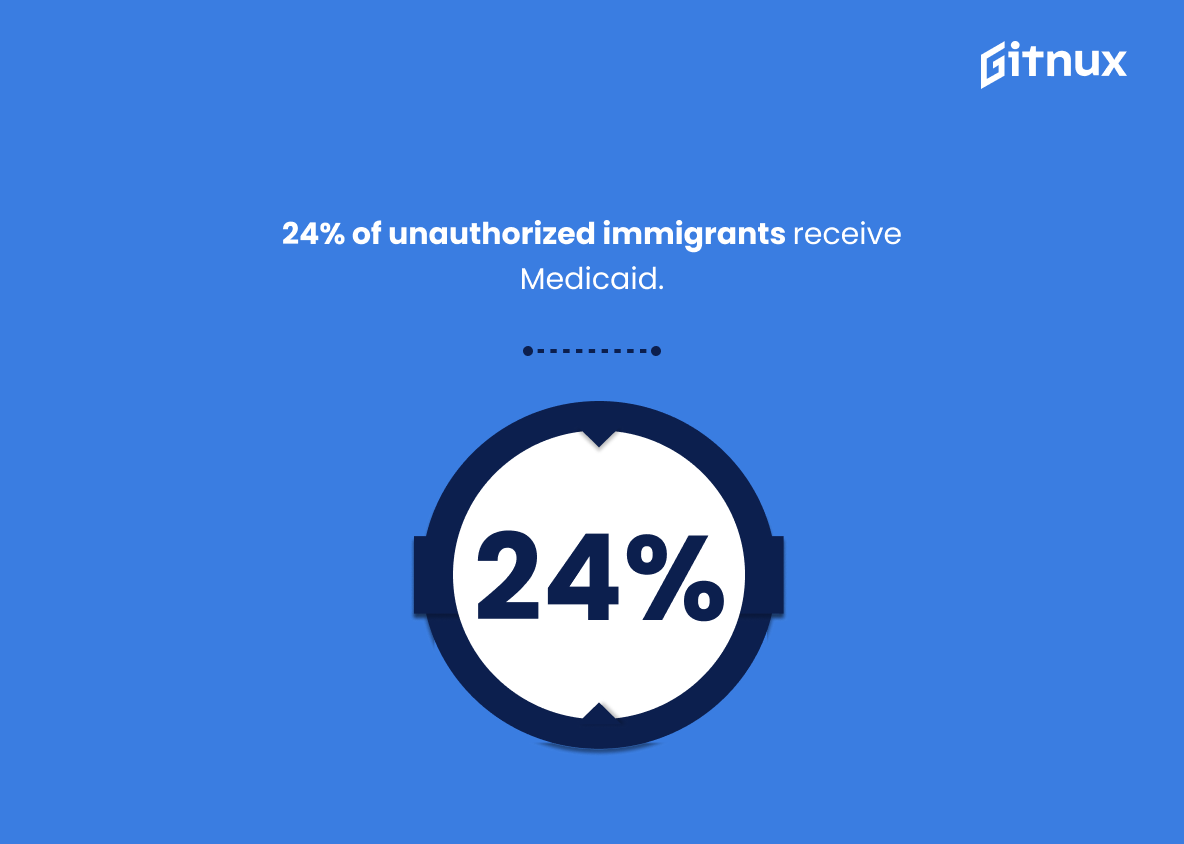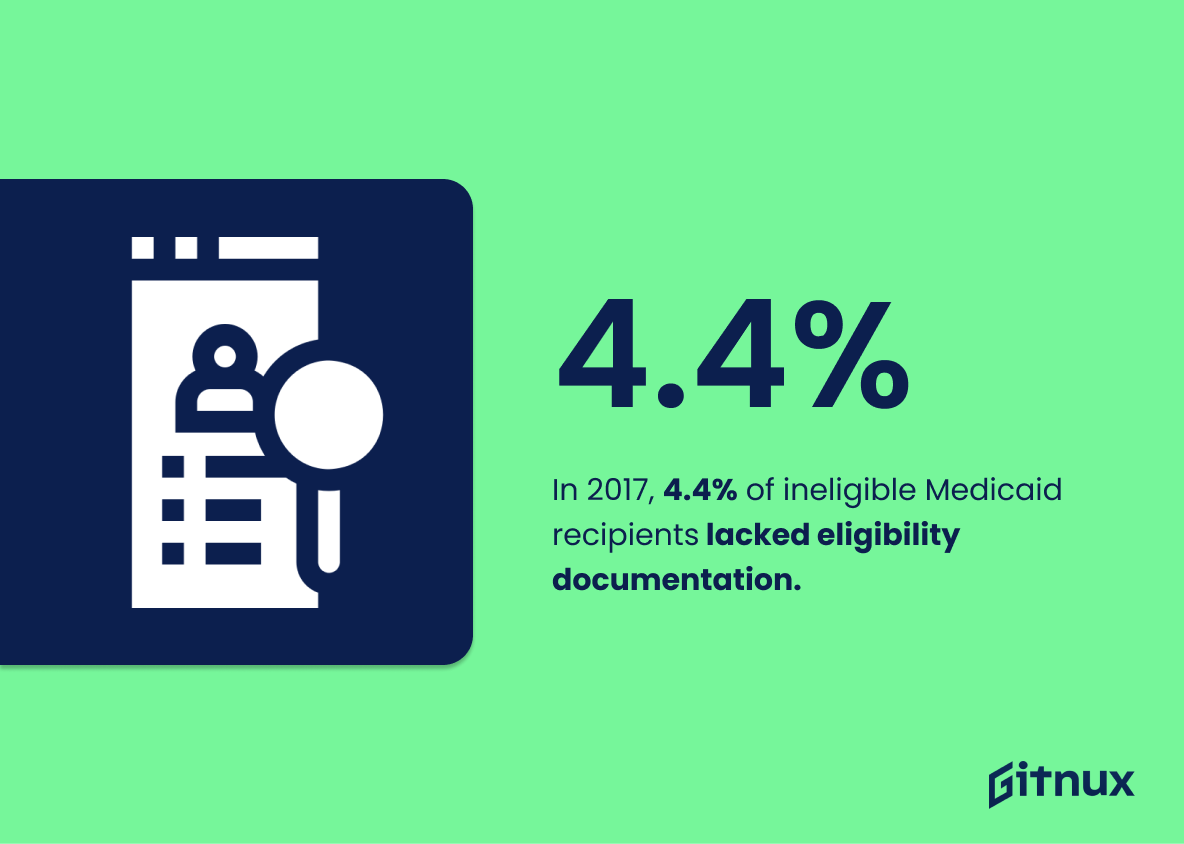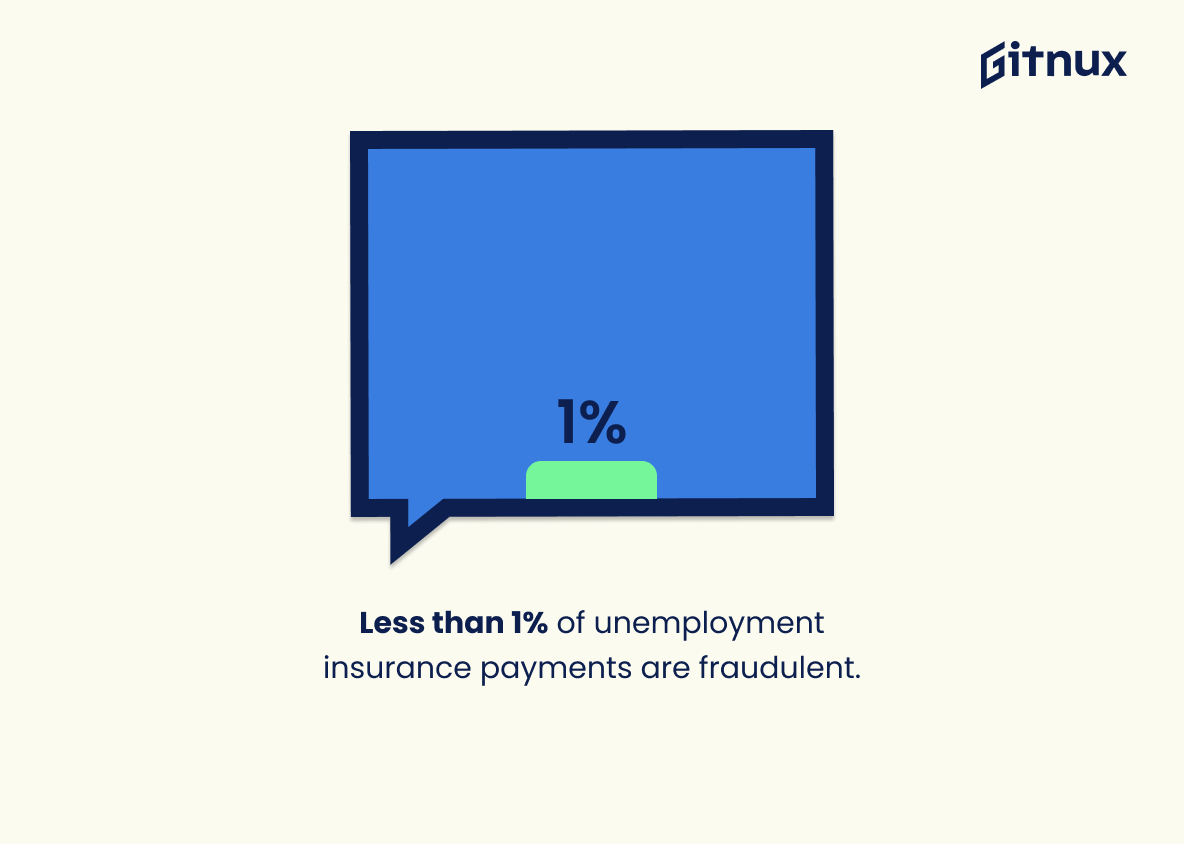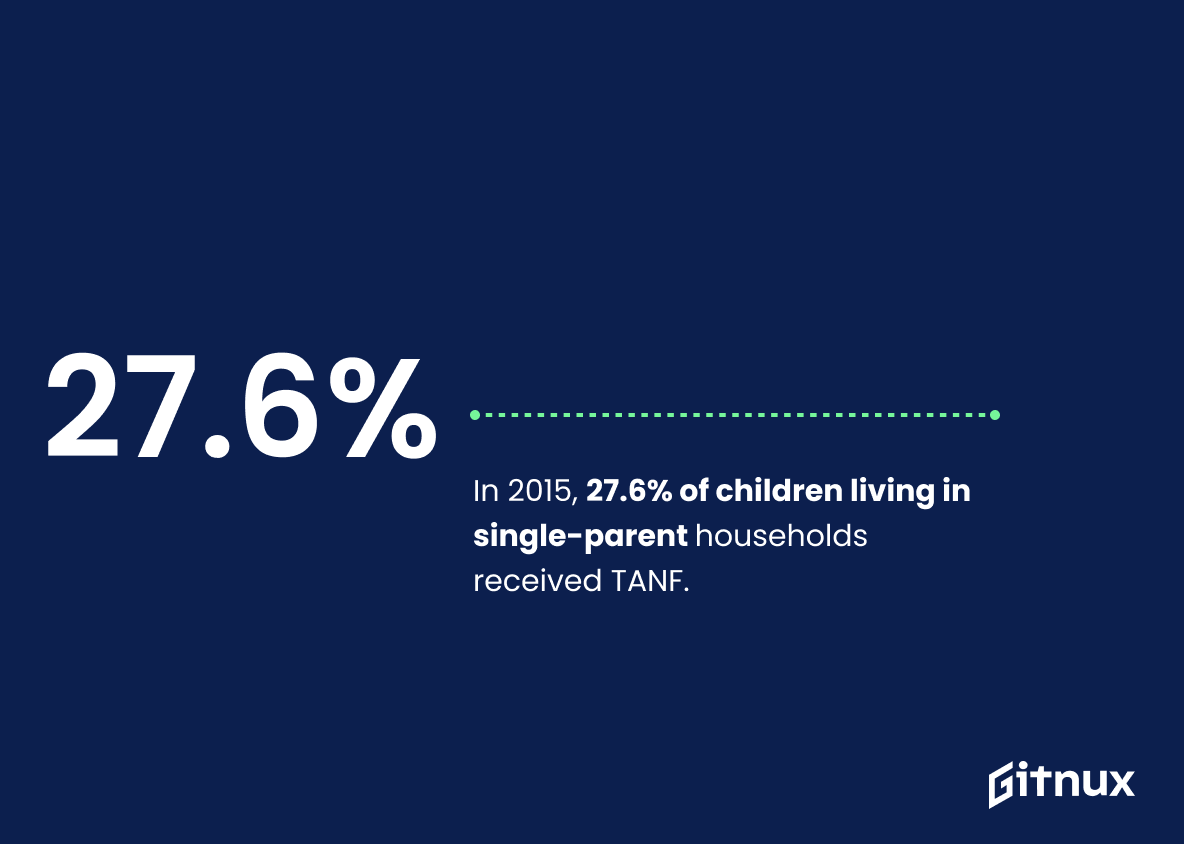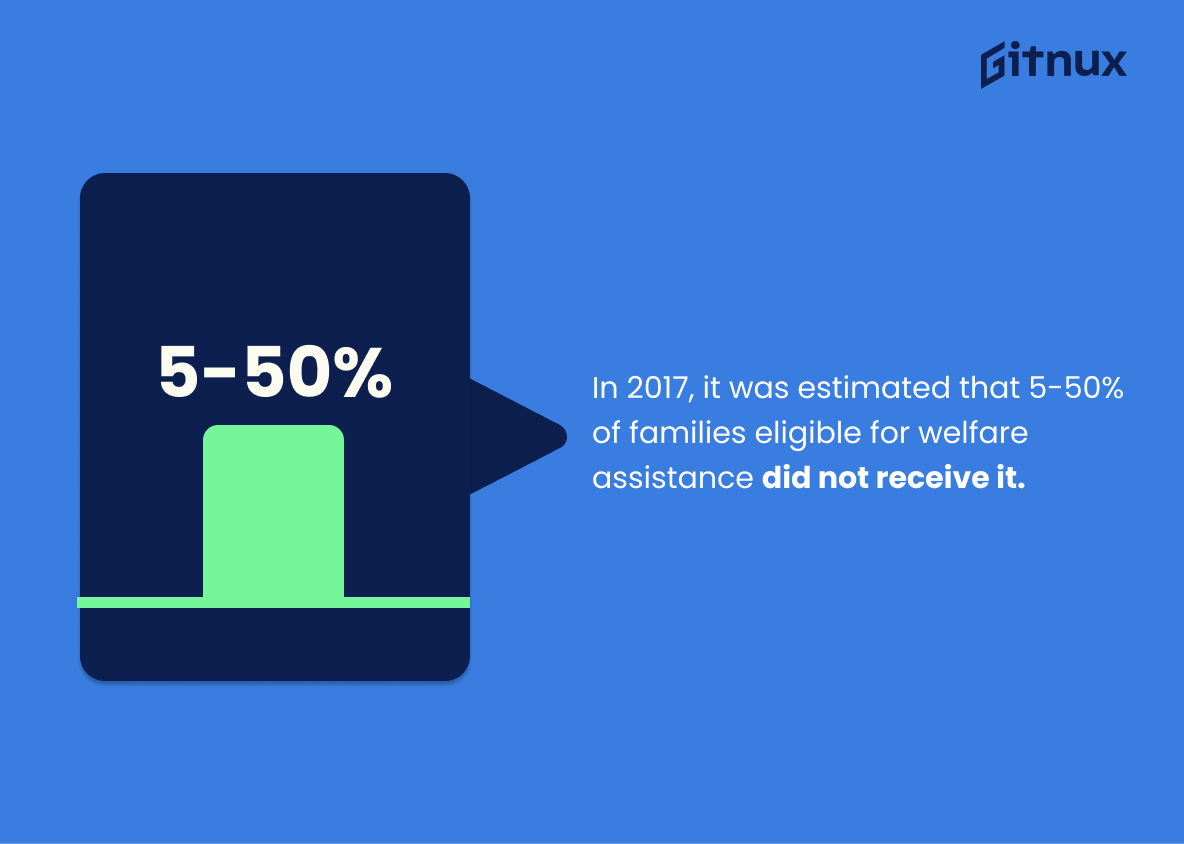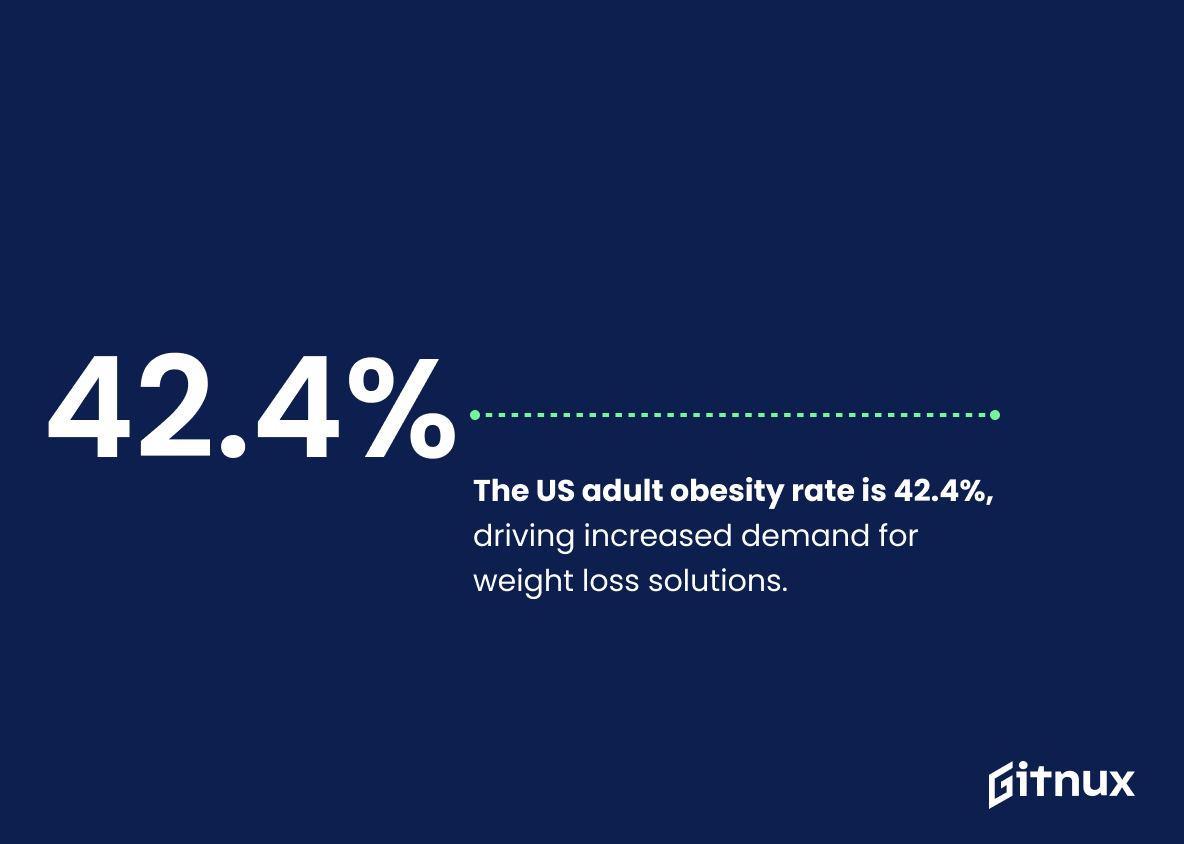Welfare abuse is a serious issue in the United States, with an estimated $1 trillion spent annually on welfare programs. This money can be used for essential items such as food and housing assistance, but unfortunately it has been found that approximately 20%-40% of these funds are being misused or abused. Fraud accounts for less than 2% of Supplemental Nutrition Assistance Program (SNAP/food stamps) benefits while only 1% of federal welfare programs are spent directly on cash assistance.
As of 2019, 22% of American families receiving welfare had at least one member working; however this number was much higher between 1990 and 2004 when about 50% received child support payments from non-custodial parents. The fraud rate for Temporary Assistance to Needy Families (TANF) program was reported to be 1.48%, while 40 percent adults who were once recipients have since become employed individuals contributing back into society through their work efforts. In 2018 there was a 53 percent decline in caseloads after the 1996 Welfare Reform Act passed by Congress which aimed to reduce dependency on government aid among citizens living below poverty line levels across America’s states and territories alike..
The U.S Government Accountability Office also reported around $135 billion dollars worth improper payments made within 2015 alone – although California’s CalFresh Food Assistance Program saw its fraud rate drop down to just 1%. It is estimated that 70 %of those receiving cash assistance from welfare remain under the poverty line today whilst 24 % unauthorized immigrants receive Medicaid coverage too – 4 .4 % due lack eligibility documentation according 2017 statistics released by Centers For Medicare & Medicaid Services (CMS). 32 .6 % TANF fund expenditure went towards non core services during 2013 , whereas unemployment insurance fraudulent claims accounted for less than 1%. Finally 5-50 % eligible households did not receive any form financial help whatsoever last year despite SNAP providing average monthly benefit per person amounting up 125 US Dollars nationwide
Welfare Abuse Statistics Overview
As of 2019, only 22% of American families receiving welfare assistance had at least one member working.
This statistic is a stark reminder of the reality of welfare assistance in the United States. It highlights the fact that the majority of families receiving welfare are not able to find employment, despite their best efforts. This is a troubling indication of the difficulties faced by those in need of assistance, and the need for more effective policies to help them find and maintain employment.
Between 1990 and 2004, about 50% of welfare recipients received child support.
This statistic is a telling indication of the prevalence of welfare abuse. It shows that, despite the efforts of the government to ensure that child support is paid, a significant portion of welfare recipients are still not receiving the financial assistance they need. This highlights the need for further measures to be taken to ensure that those who are entitled to child support are receiving it.
In 2018, the fraud rate for the Temporary Assistance for Needy Families (TANF) program was 1.48%.
This statistic is a crucial indicator of the effectiveness of the Temporary Assistance for Needy Families (TANF) program in preventing welfare abuse. It shows that the program is successful in keeping fraud rates low, ensuring that the assistance is going to those who need it most. This statistic is a testament to the program’s success in protecting the welfare system from abuse.
Around 40% of adults who were once welfare recipients are now employed.
This statistic is a testament to the success of welfare programs in helping individuals transition from welfare to employment. It shows that the system is working to provide individuals with the resources they need to become self-sufficient and gainful employment. This is an important statistic to consider when discussing welfare abuse statistics, as it demonstrates that the majority of welfare recipients are using the system responsibly and are taking advantage of the opportunities it provides.
There was a 53% decline in welfare caseloads after the 1996 welfare reform.
This statistic is a powerful indicator of the success of the 1996 welfare reform. It shows that the reform was effective in reducing the number of people relying on welfare, which is an important step in curbing welfare abuse. It also demonstrates that the reform was successful in encouraging people to become self-sufficient and move away from relying on government assistance. This is an important statistic to consider when discussing welfare abuse statistics, as it provides a clear indication of the progress that has been made in reducing welfare abuse.
The U.S. Government Accountability Office reported about $135 billion in improper welfare payments in 2015.
This staggering statistic serves as a stark reminder of the prevalence of welfare abuse in the United States. It is a clear indication that the system is in need of reform in order to ensure that those who are truly in need of assistance are receiving it, while those who are taking advantage of the system are being held accountable.
In California, the fraud rate in the CalFresh food assistance program was about 1.2% in the fiscal year 2019-2020.
This statistic is a powerful indicator of the effectiveness of the CalFresh food assistance program in California. It shows that the program is doing a good job of preventing fraud and ensuring that the benefits are going to those who need them most. This is an important statistic to consider when discussing welfare abuse statistics, as it demonstrates that the program is working to ensure that the benefits are being used appropriately.
In 2016, about 70% of families receiving cash assistance from welfare are below the poverty line.
This statistic is a stark reminder of the reality of poverty in the United States. It highlights the fact that the majority of families receiving cash assistance from welfare are struggling to make ends meet and are living below the poverty line. This statistic is a powerful indicator of the need for more effective welfare policies and programs to help those in need.
In 2015, over 93% of Medicaid beneficiaries were correctly determined eligible for the program.
This statistic is a testament to the effectiveness of the Medicaid program in ensuring that only those who are eligible for the program receive its benefits. It shows that the system is working to ensure that the resources are being allocated to those who need them most, and that the program is not being abused by those who are not eligible. This is an important statistic to consider when discussing welfare abuse statistics, as it demonstrates that the system is functioning as it should.
24% of unauthorized immigrants receive Medicaid.
This statistic is significant in the context of Welfare Abuse Statistics because it highlights the prevalence of unauthorized immigrants receiving Medicaid. It demonstrates that a large portion of those receiving Medicaid are not legally authorized to do so, which could be indicative of welfare abuse.
4.4% of ineligible recipients in the Medicaid program in 2017 stemmed from a lack of eligibility documentation.
This statistic is a stark reminder of the importance of proper documentation when it comes to welfare programs. It highlights the need for stringent eligibility requirements and careful monitoring of those receiving benefits to ensure that only those who are eligible are receiving them. This is especially important in light of the fact that welfare abuse can have a significant impact on the resources available to those who truly need them.
Less than 1% of unemployment insurance payments are fraudulent.
This statistic is a testament to the fact that the vast majority of unemployment insurance payments are not fraudulent, and that welfare abuse is not as widespread as some may think. It serves as a reminder that the majority of people who receive unemployment insurance payments are doing so legitimately and are not taking advantage of the system.
In 2015, 27.6% of children living in single-parent households received TANF.
This statistic is a stark reminder of the prevalence of single-parent households in the United States and the need for assistance from programs like TANF. It highlights the fact that many families are struggling to make ends meet and are relying on government assistance to get by. It also serves as a reminder of the importance of programs like TANF in helping to alleviate poverty and provide a safety net for those in need.
In 2017, it was estimated that 5-50% of families eligible for welfare assistance did not receive it.
This statistic is a stark reminder of the reality that many families in need of welfare assistance are not receiving it. It highlights the fact that there is a significant gap between those who are eligible for welfare and those who are actually receiving it. This is an issue that needs to be addressed, as it is depriving those in need of the resources they need to survive.
Conclusion
The statistics presented in this blog post demonstrate the complexity of welfare abuse and spending in the United States. While there is evidence that some programs are abused, overall fraud rates remain low for most federal assistance programs. Additionally, it appears that many families who qualify for welfare do not receive benefits due to a lack of awareness or other factors. Despite these issues, billions of dollars are spent annually on essential services such as food stamps and cash assistance which help millions of Americans stay out of poverty each year.
References
0. – https://www.medicaid.gov
1. – https://www.cato.org
2. – https://www.pewresearch.org
3. – https://www.gao.gov
4. – https://www.fas.org
5. – https://www.thefiscaltimes.com
6. – https://www.economist.com
7. – https://www.dol.gov
8. – https://www.govinfo.gov
9. – https://www.mdrc.org
10. – https://www.cms.gov
11. – https://www.aspe.hhs.gov
12. – https://www.heritage.org
13. – https://www.cdss.ca.gov
14. – https://www.childtrends.org
